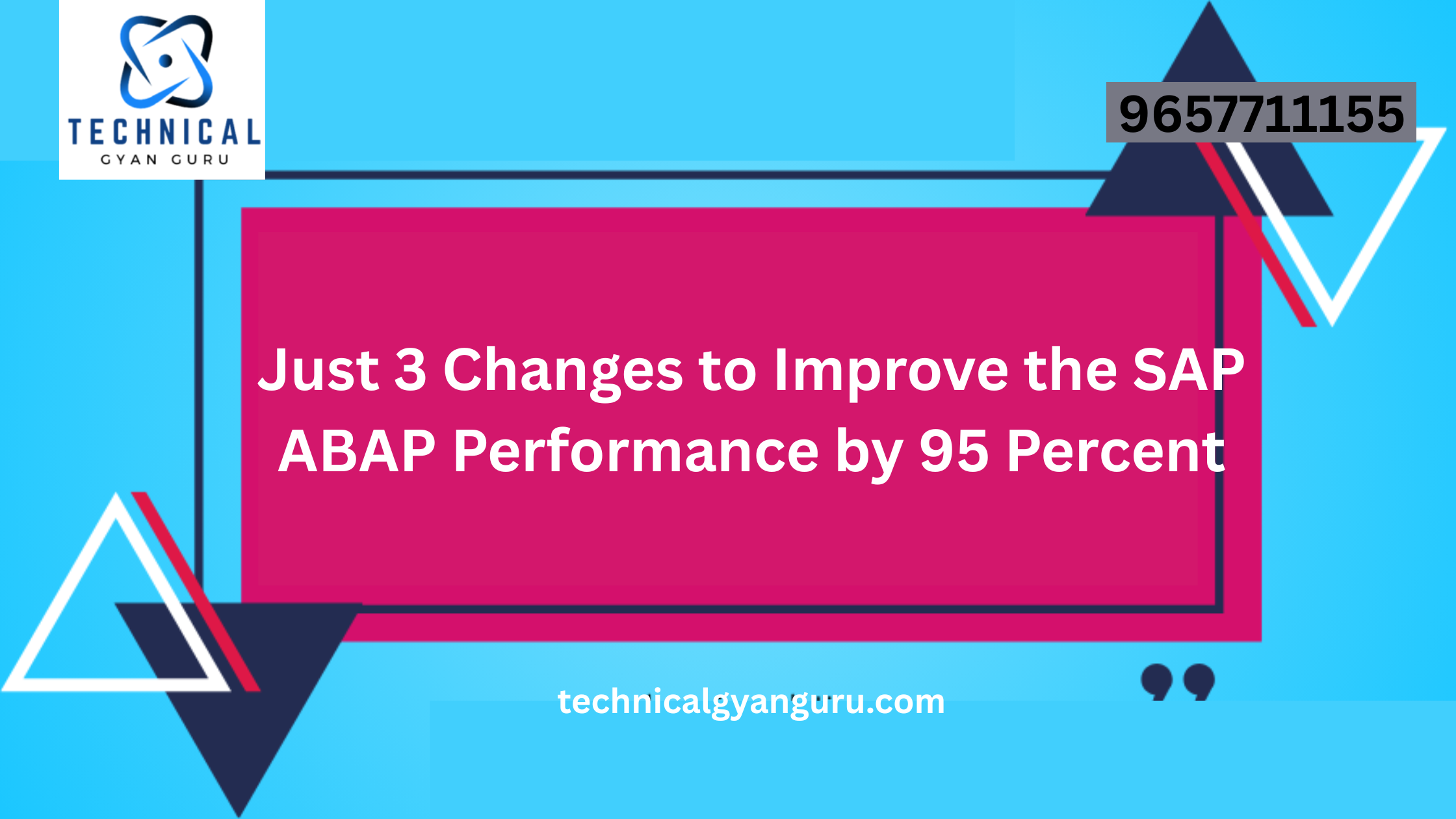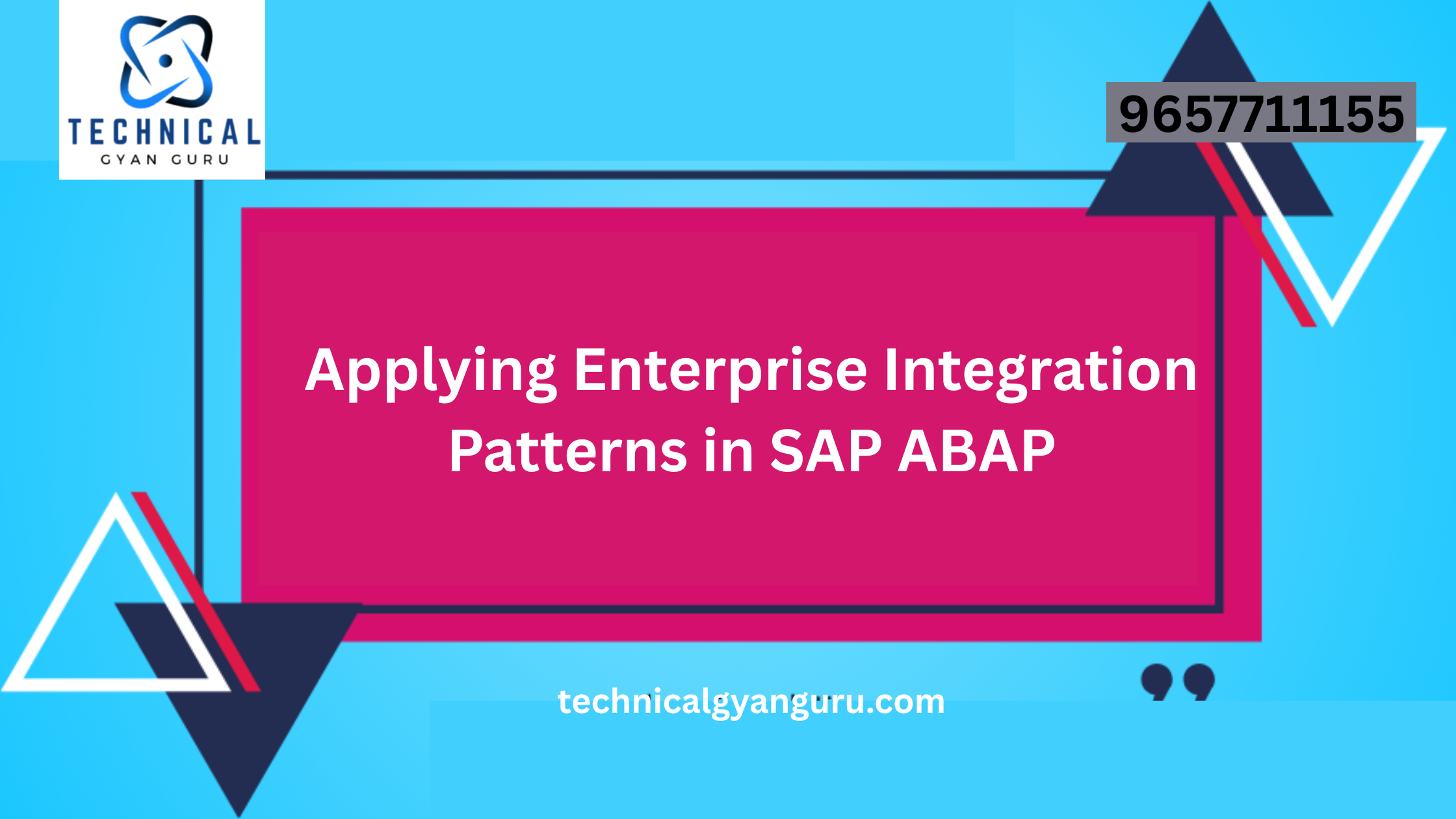SAP Automation
SAP Automation: Today’s organizations leverage technology to streamline and automate their processes. They aim to minimize inefficiencies and enhance data quality through a proactive approach. Automation plays a pivotal role in enhancing auditability, reducing risk, and cutting compliance costs. If your organization operates on S/4HANA, ECC, or older SAP ERP versions, you’re well-acquainted with the challenges posed by intricate, expansive systems. How can you create and execute effective SAP automation initiatives?
With almost two decades of expertise in digitizing and automating SAP business processes, Precisely has learned that successful transformation necessitates the alignment of people, processes, and technology. Let’s delve deeper into each of these aspects and explore recommended best practices for SAP automation.
Assemble the Right Team

Start by forming a team comprising individuals who possess a clear understanding of your business, technology, and underlying data. Establish a Center of Excellence (CoE) comprising professionals with the right skill set to address these three transformation and automation facets.
Your CoE may include personnel from your organization’s IT department or data management team. Additionally, involve line of business (LoB) employees, as they typically possess in-depth knowledge of current business processes, gaps, and desired outcomes.
Engaging experts in your transformation process is essential. Recruiting them as CoE members ensures a strong connection between your digitization initiatives and the downstream business value they aim to deliver. Ensure that your CoE includes members with adequate experience in change management, as transformation initiatives often encounter internal resistance. Integrating change management into your automation and digitization approach is crucial.
Streamline Your Processes

Transformation begins with a comprehensive understanding of the current state and the desired future state. Automating a poorly conceived business process is unlikely to yield optimal results.
Dive deep into the existing processes and their value contribution to the business. Explore opportunities for better, faster, or more efficient methods. Identify and eliminate unnecessary or low-value components within the current processes.
Engage stakeholders to understand their underlying needs. Don’t just focus on the current process; inquire about the reasons behind the current approach. Look for redundancies or opportunities to run processes in parallel. Assess if there are variations in a particular business process across divisions or locations, and consider standardization for organizational benefit.
A deeper examination of business processes will lead to inquiries about business rules and data. Define these rules with input from stakeholders and document the processes for proposing and approving changes. Engage users to determine success criteria and measurement metrics to ensure your CoE focuses on the right objectives.
Select the Appropriate Technology

To implement SAP automation successfully, it’s crucial to identify the right technologies and partners. This decision significantly impacts your digital transformation, as it involves resource commitment and has a profound effect on project outcomes.
Look for a platform with robust SAP integration capabilities that support automation across various departments and SAP modules. Ensure flexibility to accommodate different process and data requirements for different regions, sales organizations, plants, or product lines.
If you plan to transition from ECC to S/4HANA, seek software that can seamlessly work with both platforms. Deep SAP integration is essential, especially if you operate multiple SAP instances, including hybrid cloud solutions.
Your chosen solution should offer advanced process automation and robust data stewardship capabilities, enabling faster business processes, improved data quality, and compliance. Features like automatic process scheduling, out-of-office delegations, task reassignment, and task locking for group assignments are valuable.
Usability is critical for business users. The solution should seamlessly integrate with SAP and allow customization of the user experience for various roles. Technical users should benefit from SAP-focused capabilities such as rapid data exchange with BAPIs and integrated SAP security.
Data stewards require features that facilitate data manipulation and transformation, including pre-validation of data using live business rules, data format standardization, and automatic identification of duplicate records.
Selecting the right technology and partner is paramount for the success of your SAP automation projects. Precisely offers a free guide to help you address critical questions and set the stage for successful SAP digital transformation.







